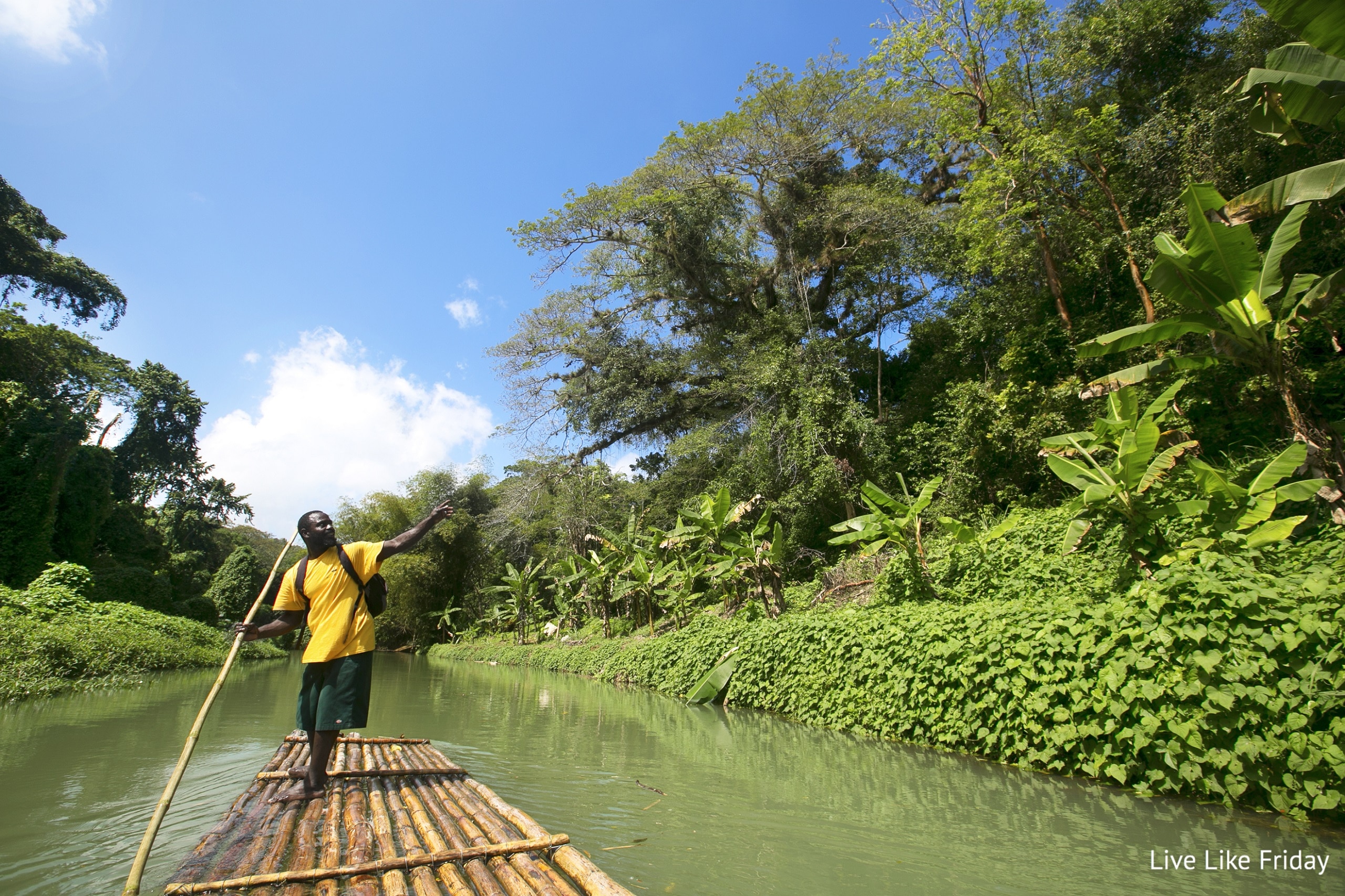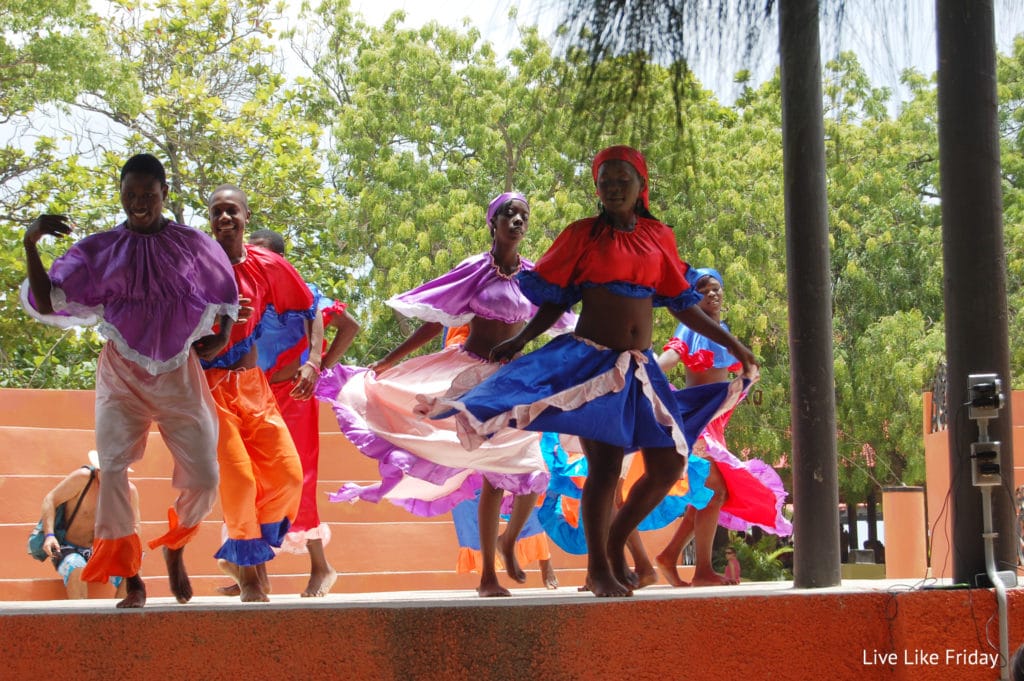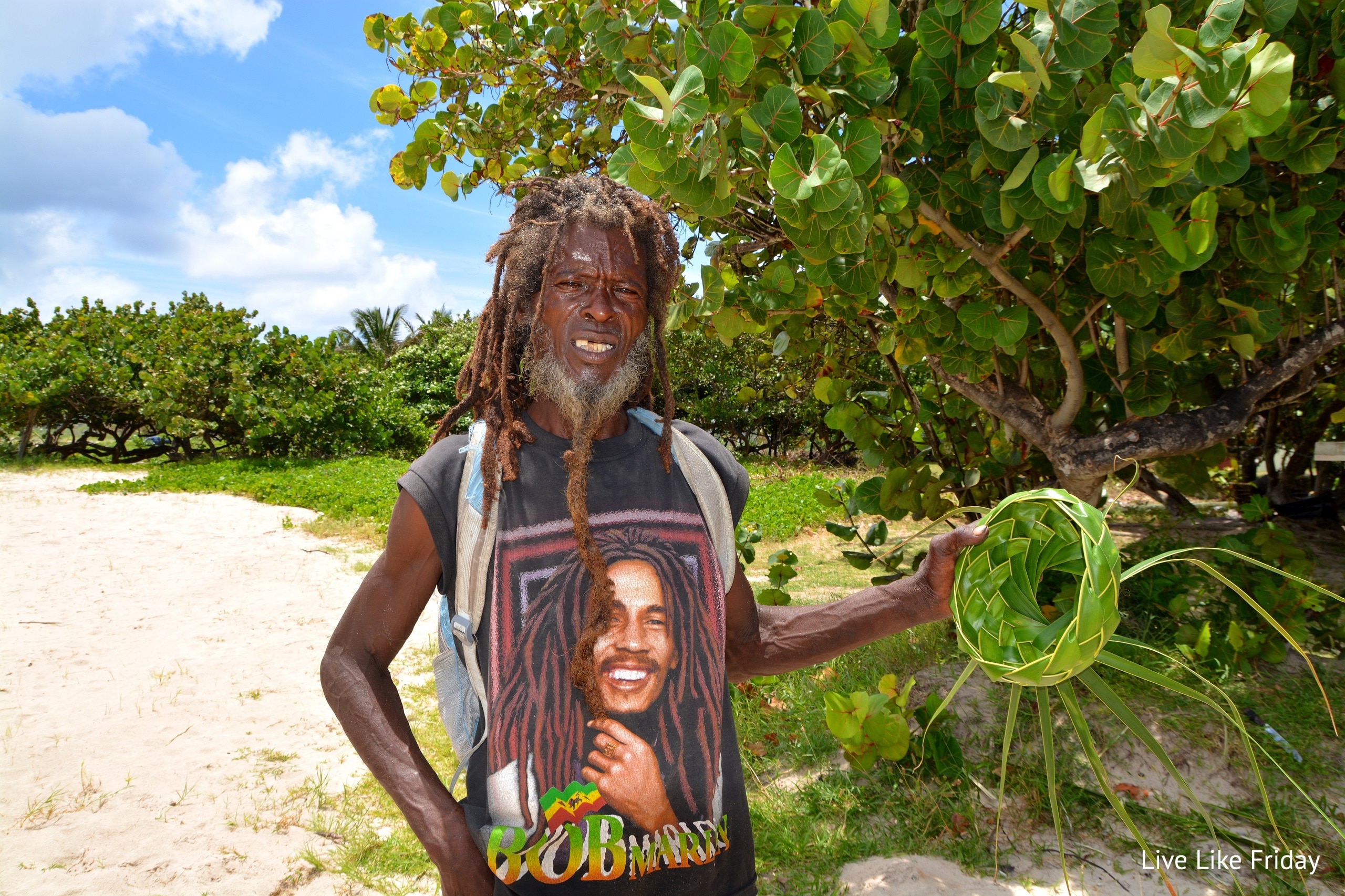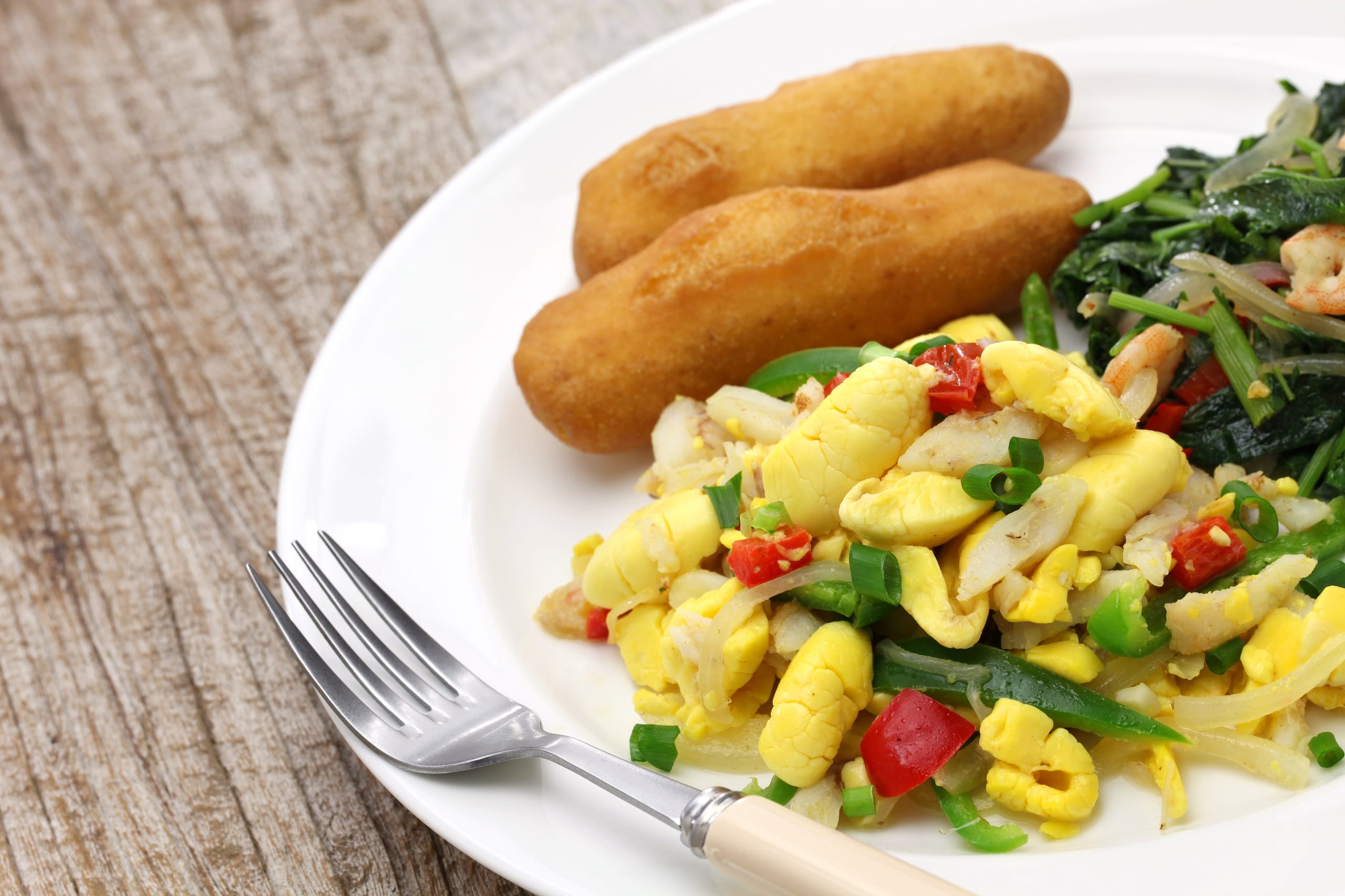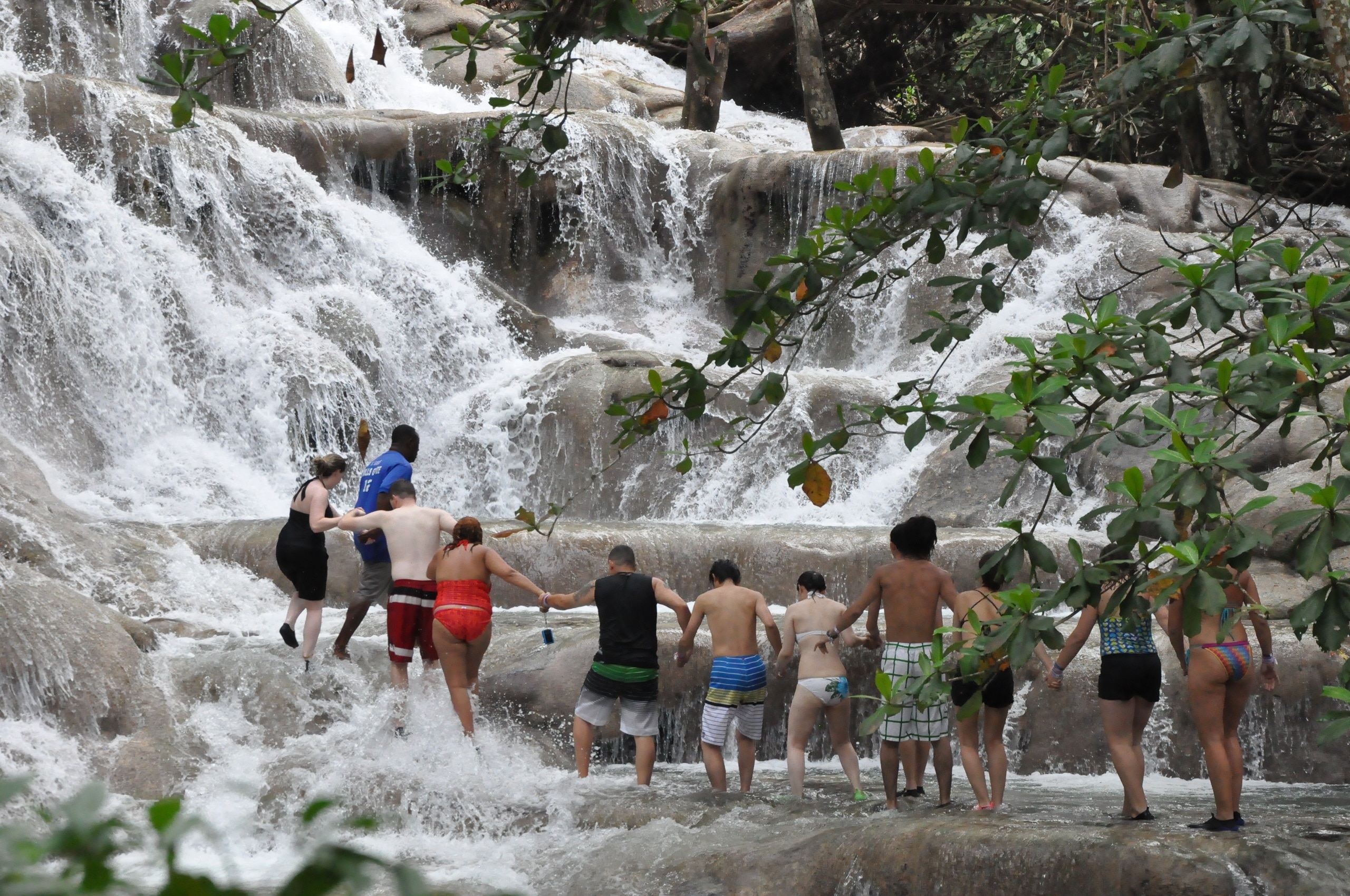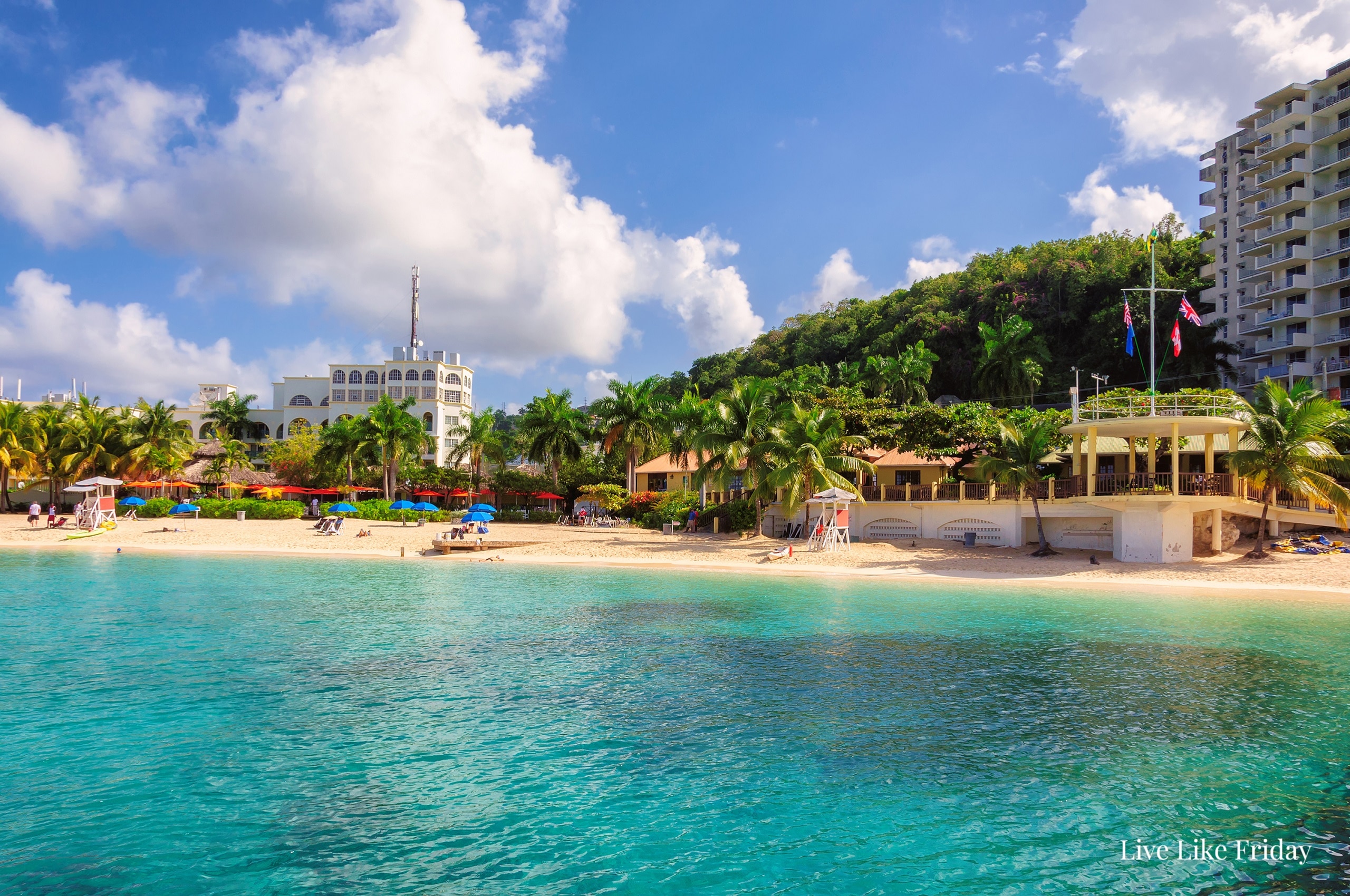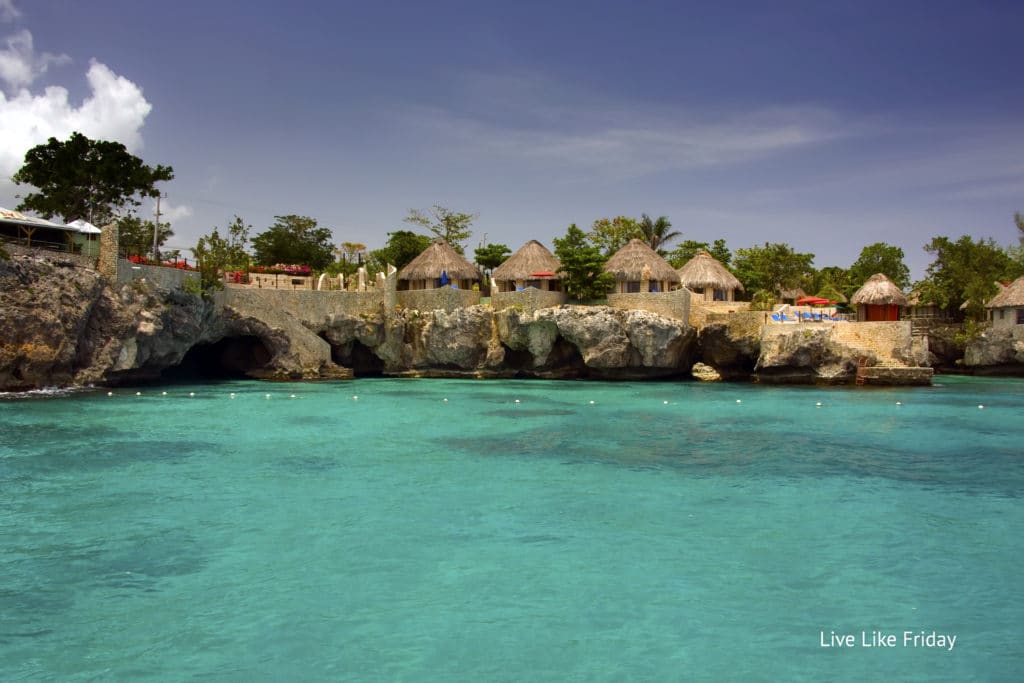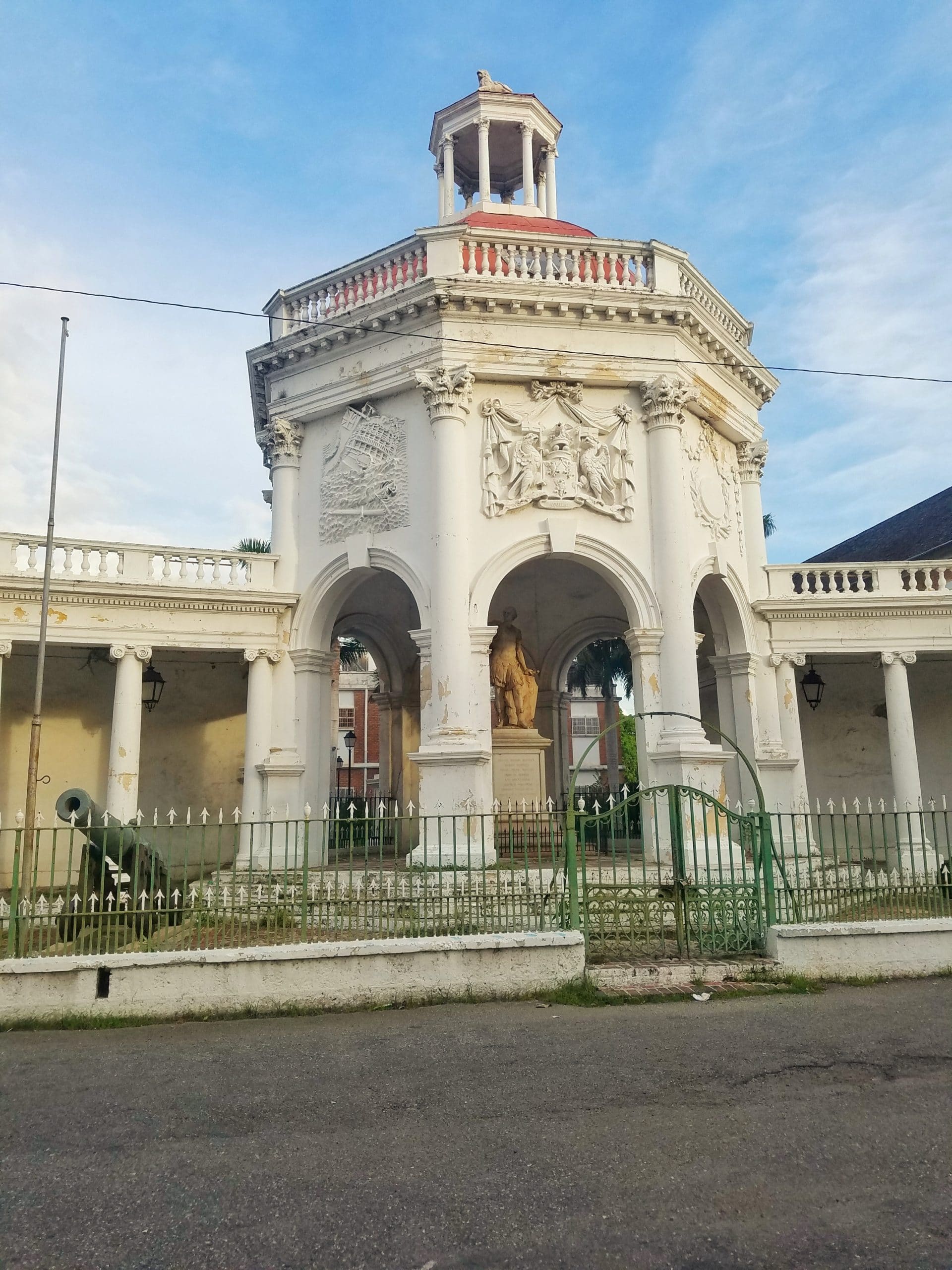Jamaica
Additional Information About Jamaica:
Population: The population of Jamaica is 2,807,786.
GDP: $24.1 billion (2016)
Of all the countries I have visited around the world, Jamaica remains my favorite. From the moment you step foot in Jamaica, you will feel welcomed and become part of a family. Jamaica is the third largest island in the Caribbean Sea, 240 km long and up to 80 km wide.
The island is located 150 km south of Cuba and 180 km to the west of Haiti and the Dominican Republic. Jamaica has a mountainous terrain surrounded by a small strip of coast. The island of Jamaica is well known as the birthplace of reggae music, the legendary Bob Marley, and home to the fastest runners in the world like Usain Bolt.
History of Jamaica
Christopher Columbus discovered Jamaica in 1494 after visiting Cuba where the Spanish informed him that the island “Xaymaca” existed a short distance away. However, the Taino people were the original inhabitants of Jamaica and existed years before Columbus “discovered” the island. The end of the Spanish rule came after constant attacks of pirates, buccaneers, and privateers who defied Papal Bull. Papal Bull opined that all territories in the New World belonged to Spain and Portugal; however, the Spanish lost the battle against the British who took control of the island in 1655.
During the next 200 years of British rule, Jamaica became the biggest producer of sugar in the world and slaves were brought from Africa to work on the sugar plantations. The slaves rebelled against slavery until it was officially abolished in 1834. Jamaica gained its independence from the British on August 6, 1962.
Nationality
Jamaicans are made from many different nationalities which give true meaning to their motto, “Out of Many One People.”
The African heritage – descendants of slaves brought from Africa to work on the sugar cane plantations.
The Spanish heritage – influenced from the Spaniards who captured Jamaica from the Tainos.
The English heritage – Jamaica was a British colony after fighting the Spanish.
The Chinese and East Indians heritage – indentured laborers who came to Jamaica after slavery was abolished.
The Jewish heritage – they escaped religious persecution in Europe and settled in Jamaica.
Many other nationalities have settled in Jamaica and now call this beautiful island home. Jamaicans are proud of their diversity and will welcome everyone with an open heart and a smile. Jamaicans do not refer themselves as African-Jamaican, Chinese-Jamaican, or Indian-Jamaican. Jamaicans call themselves – Jamaicans!
Language
English is the official language and is taught in every school. However, the Jamaican Patois (pronounced Patwa), a combination of English and other languages is spoken among the locals.
Music
Reggae, rocksteady, dub, dancehall, ragaga raga all started in Jamaica. Mento was the first popular music in Jamaica which dates before the 1950s. Reggae music then originated in the late 1960s and became the popular music in Jamaica. Bob Marley became an ambassador for reggae and took it to the international scene in the United States, Great Britain, and many countries in Africa.
Dancehall is a sub-genre of reggae music and is comparable to hip hop. Dancehall reggae is popular among the younger generations, a more hip type of music reflecting spirituality and the social issues in Jamaica.
Rastafarians
Rastafarianism is a religion that originated in Jamaica in the 1930s as a movement towards religious freedom. Haile Selassie, the Emperor of Ethiopia, is regarded as the Messiah. Rastafarians pacifism is the belief of Rastafarians to maintain personal dignity. Rastafarians are vegetarians and only eat foods considered to be “I-tals” foods with no chemicals.
The Dreadlocks – is a symbol of roots of the Rastafarianism used to separate themselves from the straight hairstyles of the Europeans. Rastafarianism has since spread to other Caribbean countries and throughout the rest of the world.
Marijuana – also known as “Ganja” is a sacred ritual the Rastafarian religion to meditate and opens a person’s mind into the nature of the universe.
Food – Jamaica’s national dish is Ackee and Saltfish (codfish) and is delicious with fried dumplings and plantains. Ackee is considered a Jamaican delicacy and can be seen growing in large red pods on ackee trees throughout the island.
When you visit Jamaica, then you must indulge yourself with some the best tasting Jerk Chicken or Jerk Pork prepared by a local chef on the side of the street. Your taste buds will appreciate the blends of homemade seasonings and spices in some of the most delicious dishes in the world. Try the authentic, curry chicken or curry goat, oxtails, and stew chicken; a combination of flavors from Africa and India.
Take it easy on that rum punch because it will knock you out. The rum punch is a signature drink in Jamaica consisting of one of the strongest rums in the world, Appleton (made in Jamaica).
Coffee
I have tasted coffee from many different countries, but the Jamaican Blue Mountain coffee is one of the best in the world. There is something special about its delicate, sweet flavor, and an aroma that gets you addicted. The Blue Mountains are the longest mountain range in Jamaica and include the highest point in Jamaica at 2256m (7402ft). On a clear day, Cuba is visible from a distance of 210km (130 miles) away. Other Jamaican coffees that you should try are the Marley Coffee and Wallenford Coffee; however, nothing comes close to the aroma and taste of the Blue Mountain Coffee.
Where to Stay in Jamaica
There are plenty of places to stay when you visit Jamaica. If you are taking a vacation, here is a basic guide.
Ocho Rios – One of the most popular tourist destination in Jamaica. Dunns River Fall, one of the most epic waterfalls in the world, is located in Ocho Rios. Impeccable beaches, lots of hotels, villas, shopping, sightseeing, and excursions in Ocho Rios. An hour drive from Montego Bay Airport.
Montego Bay – Action packed adventures, tropical drinks, and beach front resorts is what “Mobay” is all about. Montego Bay is the second city in Jamaica and home to some of the top rated resorts in the Caribbean and the world. Montego Bay is home for the Rose Hall Great House dating back to the 1770s, Doctor’s Cave Beach, the famous Jimmy Buffet’s Margaritaville and Pier 1 a favorite spot for nightlife.
Negril – Picture perfect sunsets, nightlife, and the world’s famous seven-mile beach – Welcome to Negril. Lots of all-inclusive hotels, white sand beaches, Blue Hole Mineral Bath, or jumping at Rick’s Café is what makes Negril one of the best places to vacation in Jamaica.
Spanish Town (the Old Capital) –The original capital of Jamaica was known as “Santiago de la Vega “in the current Spanish Town located in the parish of St Catherine. When the British took the island, most of the town was burned but the town was later rebuilt and called Spanish Town and remained the capital of the island until 1872. Kingston is now the capital of Jamaica. Click Here to explore Spanish Town.
Climate: Jamaica has a tropical climate. The island has two rainy seasons: May, and October through November. The Hurricane Season lasts from June 1 to November 30
Religion: Jamaica consists of 64% Christian (62% Protestant and 2% Roman Catholic), 2% Jehovah’s Witnesses, 3% unstated, and 10% other.
Capital: Kingston is the capital.
Language: English is the official language; however, Patois (Patwa or Patwah) or Jamaican Creole is primarlily spoken by the locals.
Currency: The Jamaican Dollar is the currency of Jamaica.
Time Zone: UTC-05:00
Country Phone Code: 876
Emergency Number(s): 119 (police), 110 (fire), 110 (medical)
Electricity: 110 V 50 Hz; Plug Styles: Flat blade plug


